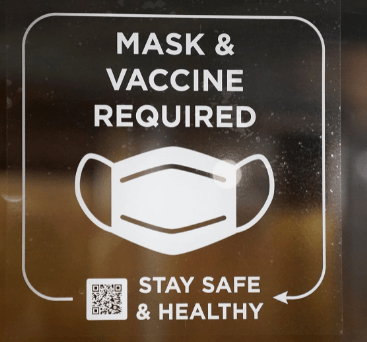Most people have never heard of Chronic Wasting Disease (CWD) but it is a highly contagious neurological disease affecting deer, elk and moose. CWD causes a characteristic spongy degeneration of the brains of infected animals. This results in emaciation, abnormal behavior, loss of bodily functions and death. The risk of CWD transmission to humans remains unknown. However, in a test conducted to determine if nonhuman primates were susceptible to CWD, two squirrel monkeys were inoculated and contracted the disease.
CWD belongs to a group of diseases known as transmissible spongiform encephalopathies (TSEs). Within this family of diseases, there are several other variants that affect domestic animals: scrapie, which has been identified in domestic sheep and goats for more than 200 years, bovine spongiform encephalopathy (BSE) in cattle (also known as “mad cow disease”), and transmissible mink encephalopathy in farmed mink.
CWD is in North America in deer, elk, and moose. There are now several rare human diseases are also TSEs. Creutzfeldt-Jakob disease (CJD) occurs naturally in about one out of every one million people worldwide. Variant Creutzfeldt-Jakob disease (v-CJD) has been associated with the large-scale outbreak of BSE in cattle herds in Great Britain.
Preliminary testing warns that it is possible for CWD to infect humans. So far that has not taken place. Hunters might not want to be eating venison these days and should consult the environmental agencies of the state you are in. It has now spread to Pennsylvania and even New Jersey.










